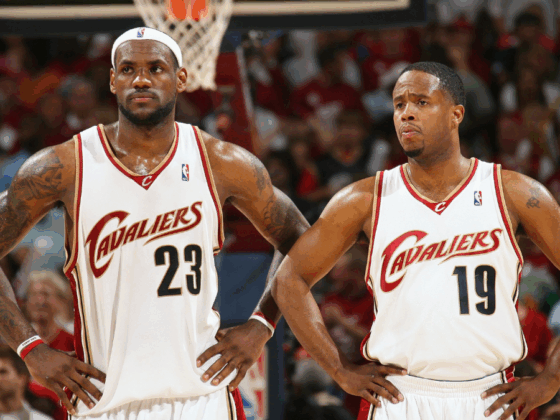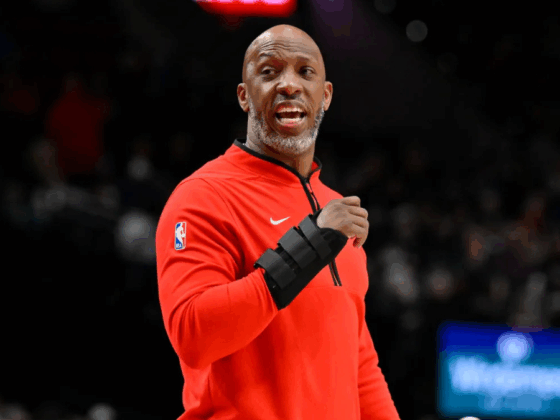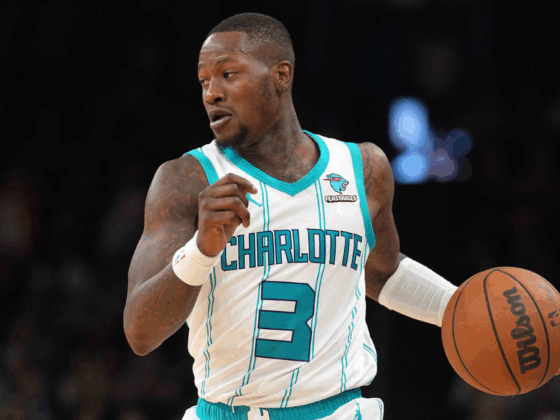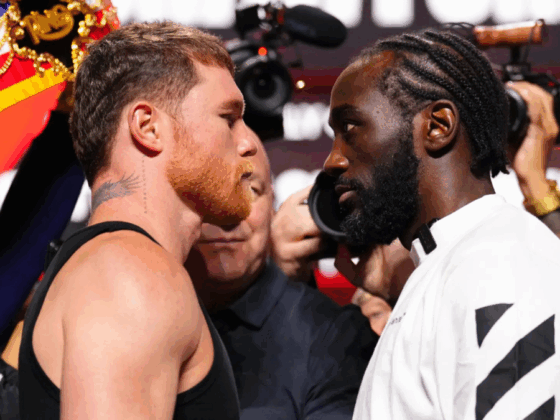
Moderation is ideal in almost every circumstance. Having too much, or too little, of any one thing can be incredibly damaging to the consuming entity. Something even as generally positive as water can become deadly when ingesting too much. This is why moderation and restraint are such important characteristics in life.
Characteristics that any individual or association should actively employ. Basketball’s Association, however, is having a difficult time moderating at the moment. Three-point attempts are exponentially growing. The NBA shot a remarkable 742 more threes than it did five years ago. The problem is not in the reasoning behind this ever-growing use of threes, it is their seemingly sole importance to wins and losses. During the NBA playoffs, the winner has had more or the same amount of threes as the loser roughly 80% of the time.
These even include teams that do not normally make a lot of threes. The San Antonio Spurs, Indiana Pacers, Minnesota Timberwolves, and the Milwaukee Bucks were all 25th or lower in the NBA in three-point makes per game this year. Yet most of their games, even games in which they notched wins, were defined by the amount of threes they made. Those teams had more or an equal amount of threes made in six of the eight combined games they won.
Those four teams were also greeted to the NBA playoffs with early first-round exits. In contrast, the four teams that remained when the Conference Finals arrived were all top eight or higher in three-point makes per game. Those series and the NBA Finals have also largely been decided on the amount of threes a team makes. Teams that won games in those series had more threes than the losing team about 90% of time. Meanwhile, just 50% of the games in the 2012-13 Conference Finals and NBA Finals were decided on who had more threes.
The importance of shots beyond the arc has been well-documented. Teams and the league are smarter for recognizing that the three-point line is much more than a novelty. When it comes to issues such as the use of the three-point line, the question the league always asks itself is, “Does this make the NBA better?”. In the interim, the answer has been yes.
Viewership and interest is skyrocketing and the perceived talent of the league could not be higher. Threes are flying and skillsets are being forced to expand because of it. However, a three-point recession is nowhere on the horizon. Threes will continue to climb until the league has a definitive or negative answer to their all-encompassing question.
When games are decided simply on who makes more threes, the league becomes a worse organization. Just as a great NBA team succeeds on their ability to do many things well, a great NBA succeeds on the variety of their game and players. It’s games being decided almost completely on one specific and simple shot type that makes the Association worse.
Now the league is far away from having this problem. Though, throughout it’s history, the NBA has not been shy about taking away things that are being used in excess. NBA teams, however, are wisely leaning towards three-point over-indulgence and the league may just as wisely find a way to moderate the amount of threes teams chuck at the rim.

They may ultimately come to fruition because of how distinctly the NBA playoffs have showcased this potential problem. For example, in the Houston Rockets most important game of the season, they went 0/27 from three over a significant portion of the game. In the Boston Celtics most important game of the season, they shot just 17.9% from three on 39 attempts. Both teams attempted so many threes in those games that they accounted for nearly 50% of their total attempts.
Missing threes is the most easily recognizable culprit behind both team’s Game 7 losses. Other smaller factors obviously played a role in their exits from the NBA playoffs, but by far the largest was their incompetent shooting. That became the sole discussion following those games. For a league that is fueled by the conversation surrounding it, those discussions becoming so singularly focused is a death wish.
This reduces the game to a single statistic. Every player has become their three-point percentage. Every team’s chances to win rely on their three-point shooting. And every fan wants a lineup consisting of all three-point shooters. The game is more interesting when it is about many things, not just one. This is the ultimate danger of ceaselessly increasing the amount of threes the league takes without regulation. The NBA becomes singularly focused and therefore becomes much less interesting.
There can be no argument about whether “Morey Ball” has revolutionized basketball or not, it definitely has. The problem lies with this simple question: when does shooting so many threes become shooting too many threes? The answer may be never or maybe the league’s number of threes will simply reach a natural plateau. Right now, the NBA’s thirst for threes seems unquenchable and too much of anything, even water, can become deadly.






